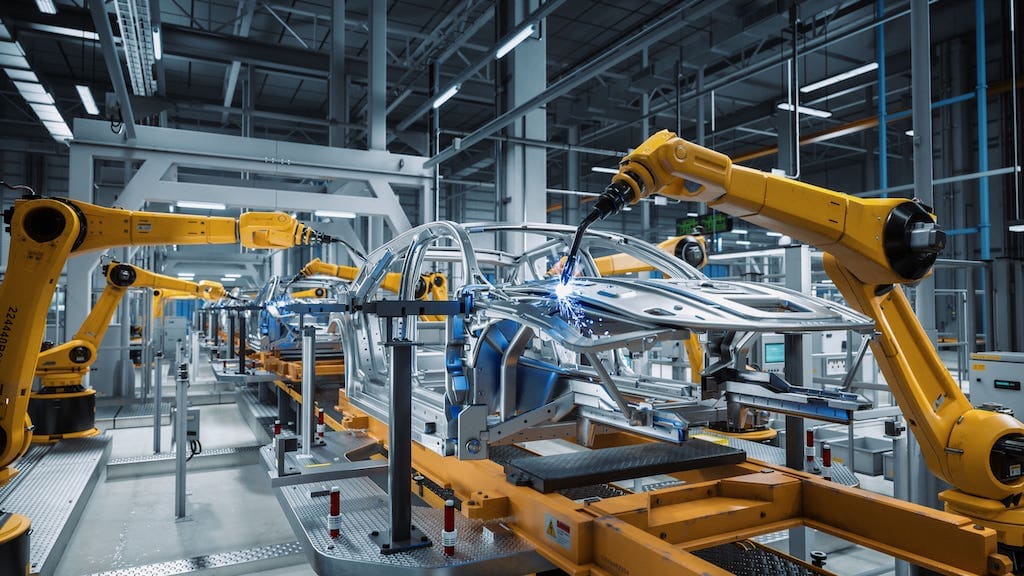The increasing use of robots in industrial settings has led to a growing need for robot reliability assessment. As robots become more complex and sophisticated, their reliability becomes a critical factor in ensuring efficient and productive operations. Robot reliability assessment is a systematic process that evaluates the ability of a robot to perform its intended functions without failure, and it is essential for industries that rely heavily on robotics, such as manufacturing, logistics, and healthcare.

Introduction to Robot Reliability Assessment
Robot reliability assessment is a multidisciplinary field that combines expertise from robotics, engineering, and statistics. The primary goal of robot reliability assessment is to identify potential failures and faults in robots, and to develop strategies for mitigating or preventing these failures. This is achieved through a combination of testing, modeling, and analysis of robot performance data.
There are several types of robot reliability assessment, including:
- Hardware reliability assessment: This type of assessment focuses on the physical components of a robot, such as motors, gears, and sensors. It evaluates the ability of these components to withstand various environmental and operational stresses.
- Software reliability assessment: This type of assessment focuses on the software and algorithms that control a robot’s behavior. It evaluates the ability of the software to perform its intended functions without errors or failures.
- System reliability assessment: This type of assessment evaluates the overall reliability of a robot system, including both hardware and software components.
Methods for Robot Reliability Assessment
There are several methods used for robot reliability assessment, including:
- Failure Mode and Effects Analysis (FMEA): This method involves identifying potential failure modes and evaluating their effects on the overall system.
- Reliability Block Diagrams (RBDs): This method involves creating diagrams that represent the reliability of a system and its components.
- Fault Tree Analysis (FTA): This method involves creating diagrams that represent the relationships between faults and failures in a system.
- Markov Chain Models: This method involves using mathematical models to evaluate the reliability of a system over time.
- Simulation-based testing: This method involves using simulation tools to test the performance of a robot under various scenarios.
Benefits of Robot Reliability Assessment
Robot reliability assessment offers several benefits, including:
- Improved productivity: By identifying and mitigating potential failures, robot reliability assessment can help to minimize downtime and improve overall productivity.
- Reduced maintenance costs: By identifying potential failures before they occur, robot reliability assessment can help to reduce maintenance costs and extend the lifespan of a robot.
- Enhanced safety: Robot reliability assessment can help to identify potential safety hazards and mitigate the risk of accidents.
- Increased efficiency: By optimizing robot performance and minimizing failures, robot reliability assessment can help to increase efficiency and reduce waste.
Challenges in Robot Reliability Assessment
Despite the benefits of robot reliability assessment, there are several challenges that must be addressed, including:
- Complexity: Robots are complex systems that consist of many interacting components, making it challenging to identify and evaluate all potential failure modes.
- Variability: Robots are often used in dynamic environments, which can introduce variability and uncertainty into the reliability assessment process.
- Limited data: In some cases, there may be limited data available for reliability assessment, making it challenging to develop accurate models and predictions.
- Cost: Robot reliability assessment can be a time-consuming and resource-intensive process, which can be costly for industries with limited budgets.
Future Directions in Robot Reliability Assessment
The field of robot reliability assessment is rapidly evolving, with several future directions and trends, including:
- Artificial intelligence and machine learning: The use of artificial intelligence and machine learning algorithms is becoming increasingly popular in robot reliability assessment, as these methods can help to improve the accuracy and efficiency of the assessment process.
- Internet of Things (IoT): The increasing use of IoT devices in industrial settings is creating new opportunities for robot reliability assessment, as these devices can provide real-time data and insights into robot performance.
- Cyber-physical systems: The integration of physical and computational components in cyber-physical systems is creating new challenges and opportunities for robot reliability assessment.
- Human-robot collaboration: The increasing use of robots in collaborative settings with humans is creating new challenges and opportunities for robot reliability assessment, as the reliability of the robot must be evaluated in the context of human safety and performance.
Frequently Asked Questions (FAQs)
- What is robot reliability assessment?
Robot reliability assessment is a systematic process that evaluates the ability of a robot to perform its intended functions without failure. - Why is robot reliability assessment important?
Robot reliability assessment is important because it helps to ensure efficient and productive operations, minimize downtime, and reduce maintenance costs. - What are the types of robot reliability assessment?
There are three main types of robot reliability assessment: hardware reliability assessment, software reliability assessment, and system reliability assessment. - What are the benefits of robot reliability assessment?
The benefits of robot reliability assessment include improved productivity, reduced maintenance costs, enhanced safety, and increased efficiency. - What are the challenges in robot reliability assessment?
The challenges in robot reliability assessment include complexity, variability, limited data, and cost.
Conclusion
Robot reliability assessment is a critical process that ensures the efficient and productive operation of robots in industrial settings. By identifying and mitigating potential failures, robot reliability assessment can help to minimize downtime, reduce maintenance costs, and enhance safety. As the field of robotics continues to evolve, the importance of robot reliability assessment will only continue to grow. By understanding the methods, benefits, and challenges of robot reliability assessment, industries can ensure that their robots operate at optimal levels, and that they achieve their full potential in terms of productivity, efficiency, and safety.
Closure
Thus, we hope this article has provided valuable insights into Robot Reliability Assessment: Ensuring Efficiency and Productivity in Industrial Settings. We hope you find this article informative and beneficial. See you in our next article!
